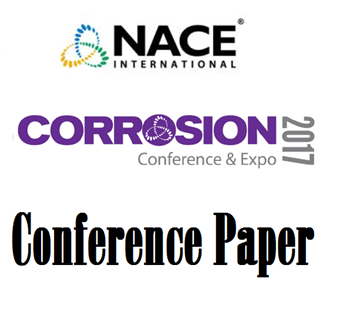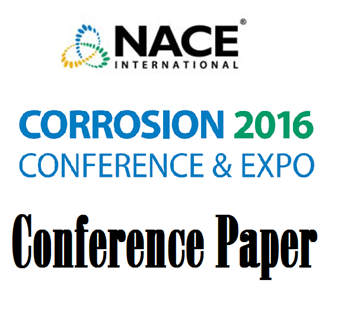Search
Optimization of the Coating Anomaly Detection and Prioritization Methodology Using Voltage Gradient Surveys
Also Purchased
ACVG or DCVG - Does it Matter?
Product Number:
51317--9374-SG
ISBN:
9374 2017 CP
Publication Date:
2017
$20.00
11128 Interpretation of Indirect Inspections Data in the ECDA Process
Product Number:
51300-11128-SG
ISBN:
2011 11128 CP
Publication Date:
2011
$20.00
51316-7091-Improvement to Cathodic Protection Performance using DCVG Prioritization
Product Number:
51316-7091-SG
ISBN:
7091 2016 CP
Publication Date:
2016
$20.00




